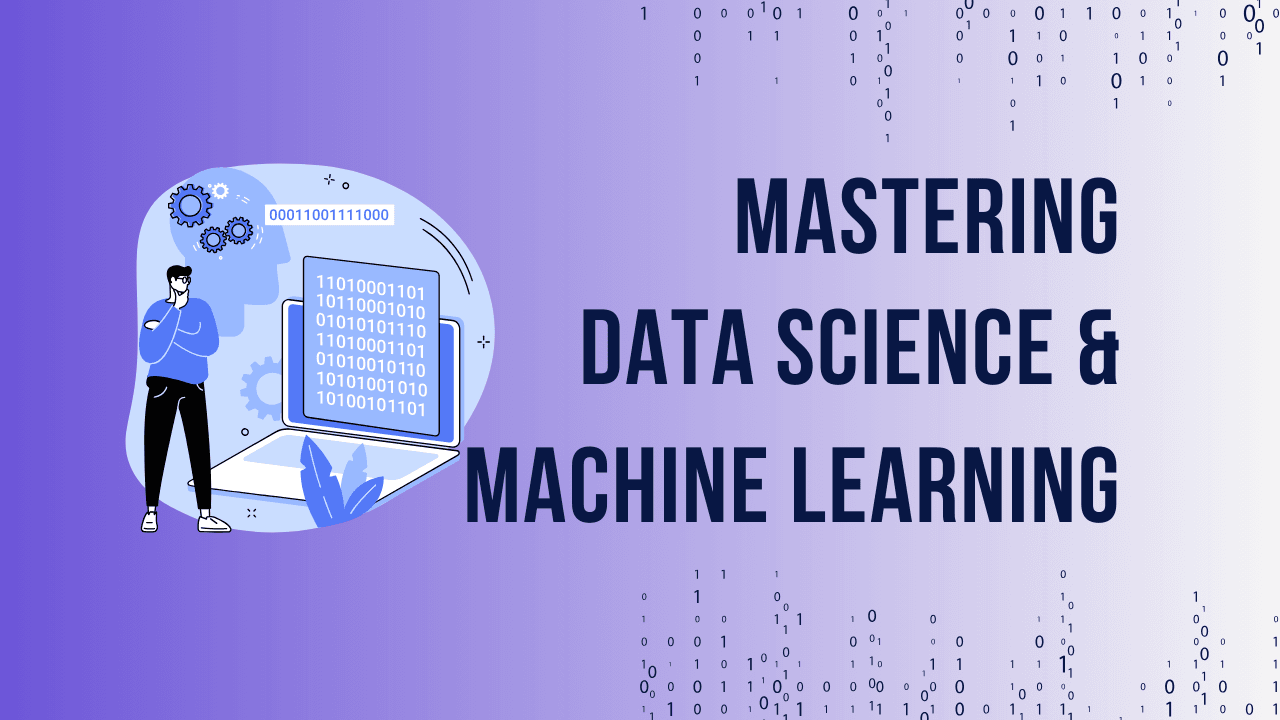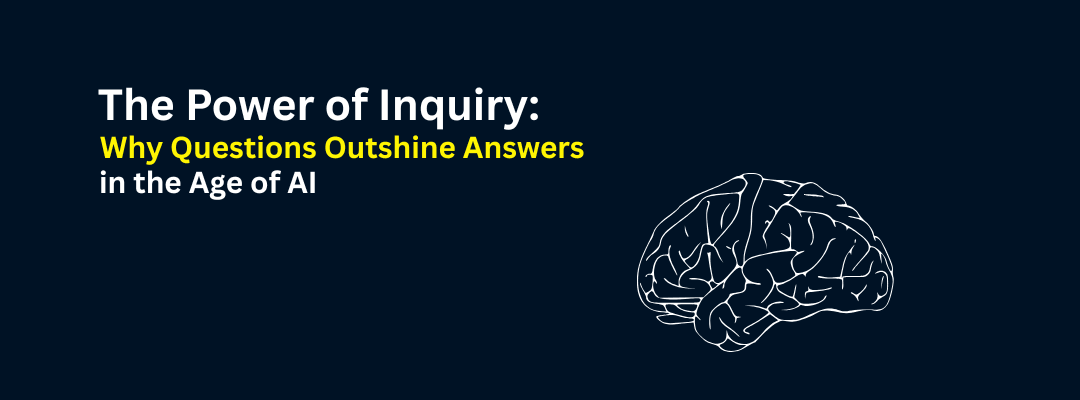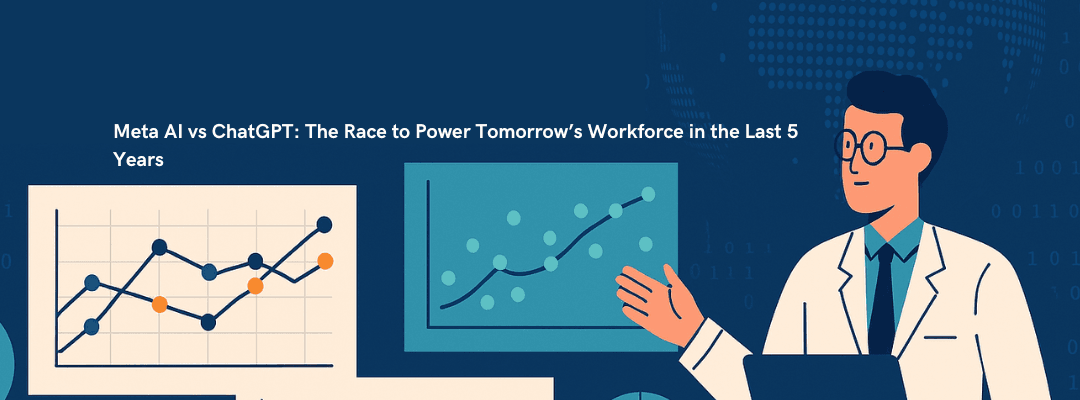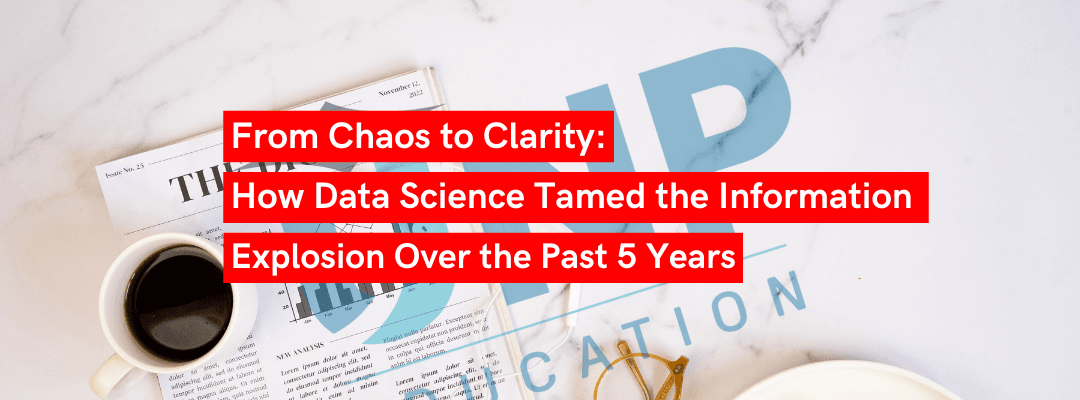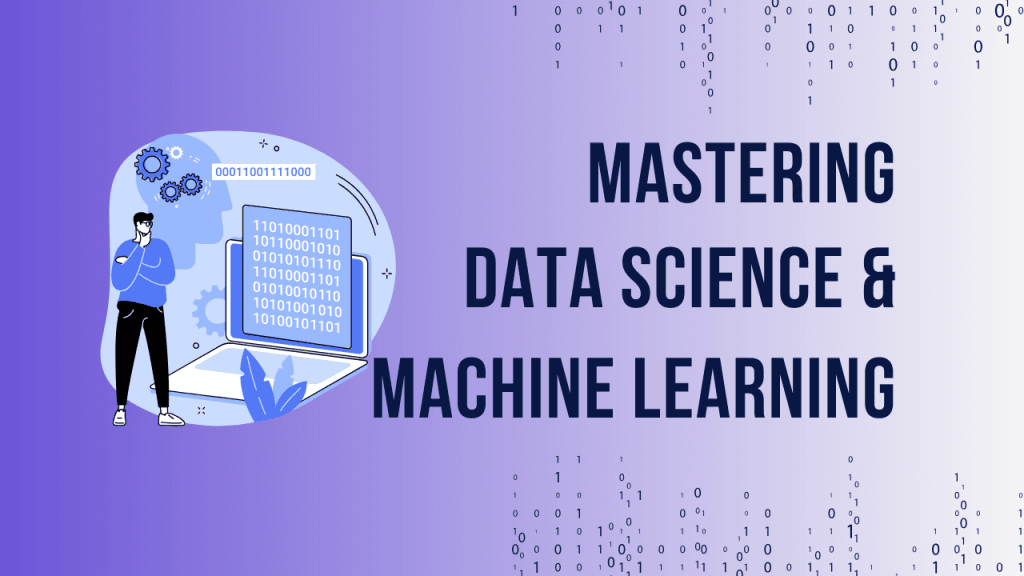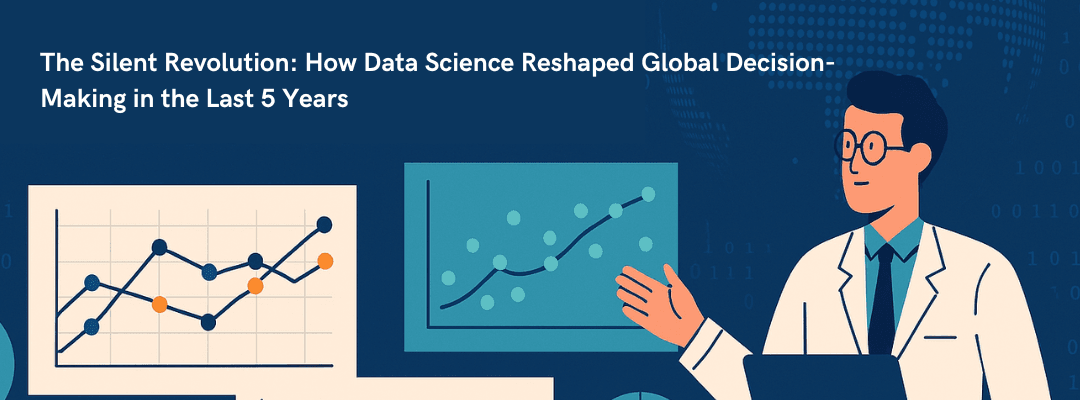41. Question: What is the purpose of Power BI Premium Per User (PPU)?
Answer: Power BI Premium Per User (PPU) is a licensing option that provides individual users with access to premium features and capabilities within Power BI, without requiring an organization-wide Premium subscription.
42. Question: How does Power BI support mobile devices?
Answer: Power BI offers a mobile app for iOS, Android, and Windows devices, allowing users to access and interact with reports and dashboards on the go, with support for offline viewing and real-time data updates.
43. Question: What is the role of Power BI Embedded Analytics?
Answer: Power BI Embedded Analytics enables developers to integrate interactive reports and dashboards into custom applications, providing end-users with data visualization and analysis capabilities within familiar workflows.
44. Question: What is the purpose of Power BI REST API?
Answer: Power BI REST API allows developers to programmatically access and interact with Power BI resources such as reports, datasets, and workspaces, enabling automation and integration with other applications and services.
45. Question: Explain the concept of Power BI paginated reports.
Answer: Power BI paginated reports are formatted, pixel-perfect reports optimized for printing or exporting to PDF, Excel, or other formats, suitable for operational and transactional reporting requirements.
46. Question: How can you embed Power BI reports in custom applications?
Answer: Power BI Embedded allows developers to embed Power BI reports and dashboards into custom applications using APIs and SDKs, providing seamless integration of analytics capabilities within existing workflows.
47. Question: What is the role of Power BI Premium Gen2?
Answer: Power BI Premium Gen2 is the next generation of Power BI Premium, offering enhanced performance, scalability, and resource management capabilities for large-scale deployments and mission-critical workloads.
48. Question: What is the purpose of Power BI Dataflows?
Answer: Power BI Dataflows allow users to ingest, transform, and prepare data from various sources within the Power BI service, enabling data integration and enrichment before building reports and dashboards.
49. Question: What is the purpose of Power BI Premium?
Answer: Power BI Premium is a capacity-based licensing option that offers enhanced performance, dedicated resources, and advanced features for organizations with large-scale deployments and mission-critical workloads.
50. Question: How does Power BI support data connectivity?
Answer: Power BI provides connectivity to a wide range of data sources, including databases, files, online services, and custom connectors, enabling users to import and refresh data for analysis and reporting.
51. Question: Explain the concept of Power BI workspaces.
Answer: Power BI workspaces are collaborative environments where users can create, share, and collaborate on reports, dashboards, and datasets, providing a centralized platform for team-based analytics projects.
52. Question: Can you explain the concept of bidirectional filtering in Power BI? When is it appropriate to use, and what are its potential implications?
Answer: Bidirectional filtering allows filters to flow in both directions across relationships in the data model. This means that not only can filters from the dimension table impact the fact table, but filters from the fact table can also impact the dimension table. While bidirectional filtering can be beneficial for certain scenarios, such as filtering product categories based on sales, it can also lead to unintended consequences if not used judiciously, potentially causing circular dependencies and performance issues in larger datasets.
53. Question: How does Power BI handle complex data transformations and cleanup tasks? Explain with an example.
Answer: Power BI provides robust capabilities through its Power Query Editor to perform complex data transformations. For instance, let’s say we have a dataset with messy date formats. Using Power Query, we can standardize these formats, extract relevant information like day, month, and year, and create new columns for each. Furthermore, we can merge multiple datasets, apply conditional logic, and remove duplicates all within the Power Query Editor, ensuring our data is clean and ready for analysis.
54. Question: How would you design a data model in Power BI to handle slowly changing dimensions (SCDs)?
Answer: Slowly changing dimensions (SCDs) refer to dimensions in which the attributes change over time, necessitating careful handling to maintain historical accuracy. In Power BI, we can address this by using techniques such as Type 2 SCDs, where historical changes are tracked by creating new records for each change while preserving the old ones.
55. Question: What are the differences between DirectQuery, Live Connection, and Import modes in Power BI, and what factors influence your choice of data connectivity mode?
Answer: DirectQuery: Queries data directly from the source in real-time, suitable for large datasets requiring real-time analysis but may impact performance.
Live Connection: Connects directly to Analysis Services models, leveraging their processing power and scalability for dynamic updates.
Import mode: Loads data into the Power BI dataset for faster query performance but requires periodic refreshes.
Factors influencing the choice include data freshness requirements, dataset size, performance considerations, and capabilities of the data source. Understanding these modes’ trade-offs is crucial for optimizing Power BI performance and meeting business needs effectively.
56. Question: What is the role of Power BI AI capabilities?
Answer: Power BI AI capabilities include features like auto-generated insights, natural language queries, and advanced analytics, enabling users to derive valuable insights from their data using AI-driven technologies.

